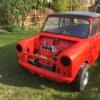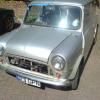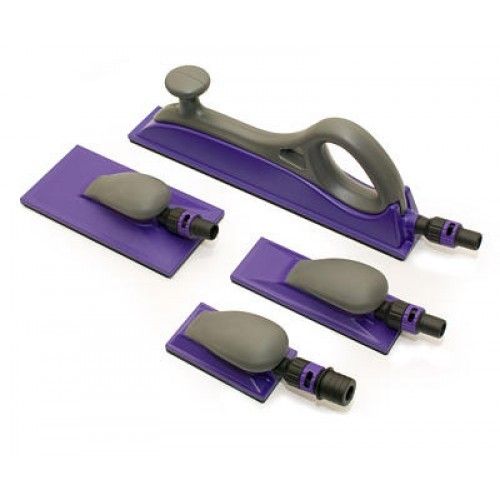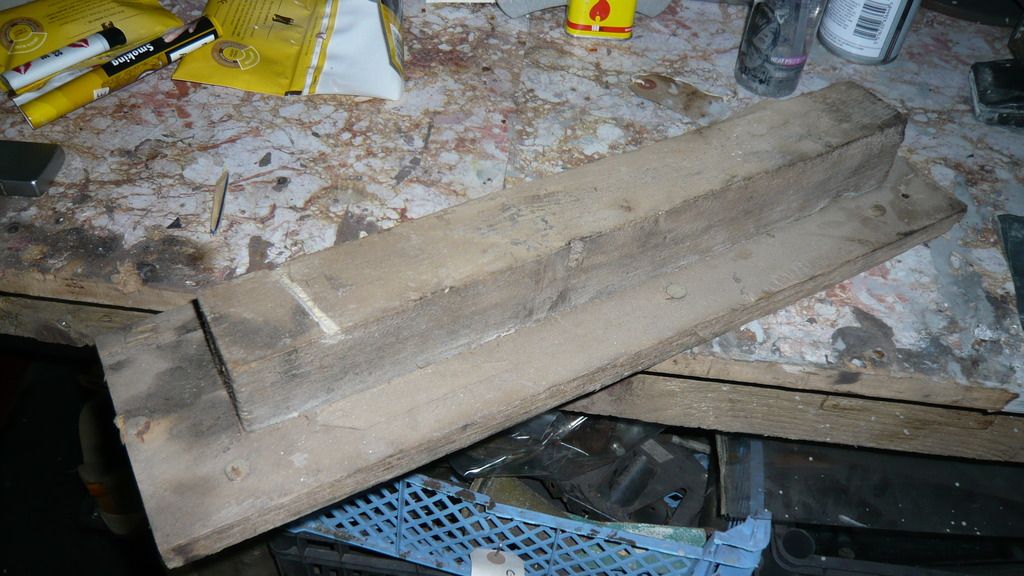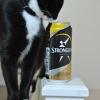The main tips i would give are
If you are unsure what paint is on the car or of what is underneath it, then remove it back to metal
Always remove burnt paint right back to bare metal and feather out to surrounding paint if it is being left. never paint over the burnt paint.
Treat this stage of the prep the same as you would the final stage of prep. Make sure that every panel is smooth, correctly shaped and blemish free. Yes, High build primer will cover some imperfections but not as much as people think and if you can't loose the imperfections whilst flatting the primer, you will end up having to do spot repairs or potentially have to re primer the whole shell and start again - not ideal
And finally, always use sanding blocks of a size that is appropriate for the panel being flatted and rub down in long sweeping motions changing direction often.
A random orbital sander or sandpaper with your hand or fingers will leave all sorts of tramlines, edges and ripples, especially if there are repairs beneath the primer.
Ben


